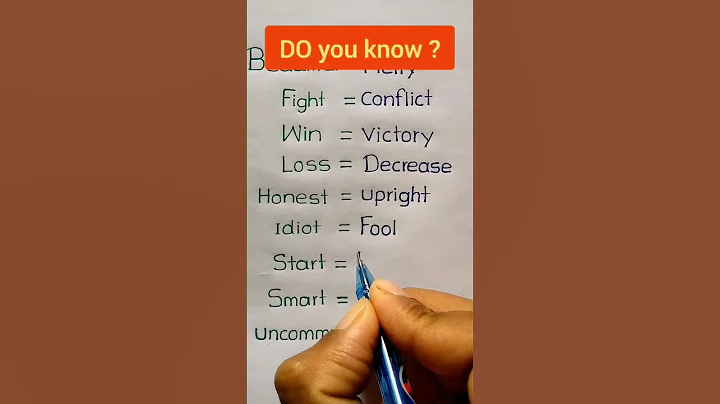When we do set questions, we sometimes encounter this type of question type, that is, the three sets have the following form: {xⅠx=an+b,n∈Z}, where a≠0,b can be 0.
If you use the enumeration method , sometimes it is troublesome to find several duplicate elements of the set, and you need to list many items to find the rules, which is too time-consuming.
Next I recommend a "smart" method, as follows:
If a and b are integers, then convert 3 algebraic formula into the same structure, such as
a(k)+c,
a(k)+c,
a(k)+c,
a(2k)+c,
h(2k-1)+c,
, this way, you only need to look at the equation in brackets. Obviously, k represents all integers, 2k represents all even numbers, and 2k-1 represents all odd numbers. In this way, it is much easier to judge the relationship between them.
If a and b contain fractions, then the 3 equations are divided into one another, and the molecules become whole equations, and then the above method is done. Because the denominator is the same, the relationship between them can be judged based on the numerator.
The following are 4 sub-questions, which are not difficult, mainly to let everyone feel the cleverness of this method.















